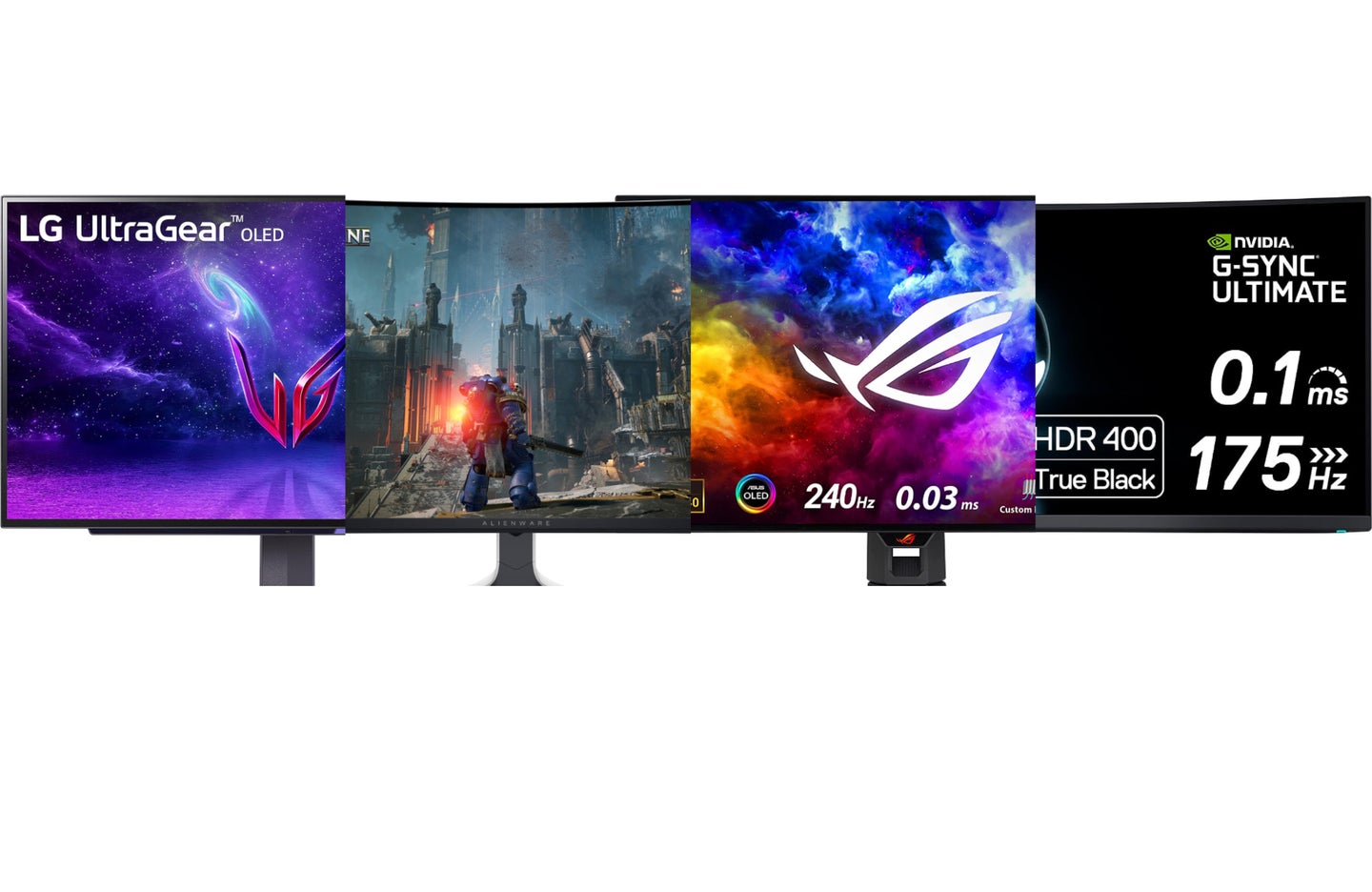
We may earn revenue from the products available on this page and participate in affiliate programs. Learn more ›
If there’s one type of display that has become increasingly popular in home offices, particularly among those who enjoy gaming or watching movies, it’s OLED monitors. OLED, which stands for Organic Light-Emitting Diode, raises the bar for visual fidelity, but burn-in and brightness have always been concerns. The good news is advancements have mitigated these issues thanks to features like pixel shifting and automatic level adjustments. If you crave the best visual experience for work or play, the best OLED monitors will elevate your setup and make games and movies look better than ever.
- Best overall: Dell Alienware 32 QD-OLED AW3225QF
- Best for PC gaming: ASUS ROG Swift OLED PG27AQDM
- Best ultrawide: Samsung Odyssey OLED G8
- Best design: Dell Alienware QD-OLED AW3423DW
- Best gaming TV: LG C3
- Best budget: LG Ultragear 27GR95QE-B
How we chose the best OLED monitors
There are more OLED monitors today than a few years ago, with new models always hitting the market. Since we’re keeping it to one type of display technology (which you can learn more about beneath our picks), it helps narrow our search. However, several manufacturers have jumped into the OLED monitor market, including stalwarts such as LG, Dell, and Samsung, so there are several options to sort through. Other big names include ASUS, Corsair, and MSI—names that should be familiar to gamers.
To assemble this list, I drew on Popular Science‘s expert insights on the best TVs for gaming, 4K monitors, and gaming laptops. When deciding which monitors to consider, I also drew on my experience using various tech, including an OLED TV with a PlayStation 5. I looked at key specs like display resolution and size, aspect ratio, refresh rate, and connectivity to find the best OLED monitors available. And since OLED technology can be more expensive than an LCD monitor, I considered how much these monitors cost when making my choices.
The best OLED monitors: Reviews & Recommendations
OLED offers exceptional picture quality, near-infinite contrast, and lightning-fast response times, delivering an experience that outmatches traditional LCD; it’s why the technology is so popular in the living room. Still, finding the right model for your setup requires a discerning eye and an understanding of your own priorities. Whether you want an OLED monitor for gaming, watching movies, or simply elevating your home setup, this list recommends options that cater to different preferences and needs.
Best overall: Dell Alienware 32 QD-OLED AW3225QF
Dell
Specs
- Resolution: 3,840 x 2,160
- Refresh rate: 240Hz
- Size: 32 inches
- Ports: DisplayPort 1.4, 2 x HDMI 2.1, 3 x USB-A (3.2 Gen 1), USB-B (3.2 Gen 1), USB-C (3.2 Gen 1)
- Pixel Per Inch (PPI): 140
- Price: $1,199.99
Pros
- High-resolution 4K display
- High refresh rate for smooth motion
- Height-adjustable stand
Cons
- No built-in speakers
The Alienware AW3225QF is new to the market but is already turning heads as a top-tier 4K gaming monitor. It packs a 31.5-inch, 240Hz, 4K-resolution QD-OLED curved display, offering a gorgeous picture and a fast refresh rate for competitive gaming. The display features a nice anti-glare coating, which helps reduce glare from sunlight and other light sources. Meanwhile, the AW3225QF delivers a peak brightness of 1,000 nits when HDR is enabled (260 nits when HDR is off), so it won’t look washed out in a room with a lot of light.
The AW3225QF supports variable refresh rate, auto low-latency mode, G-Sync, and Dolby Vision, the latter of which is an advanced HDR format that brings greater color depth and contrast to movies, TV shows, and games. The monitor features plenty of video and USB ports, including three USB-A (3.2 Gen 1), two HDMI 2.1 (one featuring eARC), and a USB-C (3.2 Gen 1). Unfortunately, there are no built-in speakers, so you’ll either need headphones, a soundbar, or desktop speakers for your setup.
Finding a monitor that checks all the boxes can be difficult, but the Alienware AW3225QF comes close. With a 4K-resolution QD-OLED curved display, an impressive 240Hz refresh rate, and HDMI 2.1 compatibility for consoles, the AW3225QF sets a new benchmark for OLED gaming monitors. It also comes with a three-year warranty, protecting your purchase against potential burn-in.
Best for PC gaming: ASUS ROG Swift OLED PG27AQDM
ASUS
Specs
- Resolution: 2,560 x 1,440
- Refresh rate: 240Hz
- Size: 26.5 inches
- Ports: DisplayPort 1.4, 2 x HDMI 2.0, 2 x USB-A (3.2 Gen 1)
- Pixel Per Inch (PPI): 110
- Price: $899
Pros
- Screen has an anti-glare layer
- You can rotate the monitor 90 degrees
- High refresh rate with VRR support
Cons
- No HDMI 2.1
If you look around at user and critic reviews, you’ll find near-unanimous praise for the ASUS ROG Swift OLED PG27AQDM. With a 27-inch, 340Hz, 1440p OLED display, the AW2725QF is the perfect choice for PC gamers who prioritize speed over the highest possible resolution. It’s smaller and more affordable than our top pick, yet still offers plenty of bells and whistles that make it a top choice.
Instead of a 4K display, the monitor’s resolution tops out at Quad HD, offering enhanced visuals while being less demanding on your computer’s hardware. Competitive gamers generally prefer the resolution because it allows them to enjoy higher-fidelity graphics without taxing their system. The PG27AQDM boasts a 99 percent DCI-P3 color range and delivers 1,000 nits of peak brightness with HDR enabled.
The monitor employs several protections to prevent burn-in, including the ability to adjust the brightness of static assets and a “pixel cleaning” feature, which will recalibrate the screen after several hours of activity. While $899 might not scream best budget pick, it’s definitely a best value considering what you get for that price.
Best ultrawide: Samsung Odyssey OLED G8
Tony Ware
Specs
- Resolution: 3,440 x 1,440
- Refresh rate: 175Hz
- Size: 34 inches
- Ports: Mini DisplayPort, Micro-HDMI 2.1, 2 x USB-C
- Pixel Per Inch (PPI): 109
- Price: $1,099.99
Pros
- High refresh rate for smooth motion
- Excellent image quality with rich colors and deep blacks
- Sleek, luxurious design
Cons
- Text clarity could be better
If you want to feel like you’re piloting a futuristic spaceship, whether as part of an actual game or just an ergonomic workstation, we recommend the Samsung Odyssey OLED G8. This ultrawide USB-C monitor features a QD-OLED display with a resolution of 3,440 x 1,440. The 21:9 aspect ratio is unconventional, but it provides a wide canvas for organizing your different windows. Tony Ware, Popular Science‘s Editor, Commerce & Gear, says the extra real estate is a boon for productivity, allowing him to reference everything he needs across the monitor’s generous 34-inch display. In his house, they call their desk space the Helm, like in Star Trek, because when behind this monitor it really feels like you’re navigating the farthest expanses of websites and spreadsheets and Slack and email clients.
According to Ware, the Odyssey OLED G8’s display delivers rich color and true blacks, with support for 100 percent of sRGB, 98 percent of DCI-P3, and 80 percent of Rec.2020. The dark, moody atmosphere of Resident Evil 4 Remake looks superb, while brighter titles such as Assassin’s Creed Mirage are a great showcase for the screen’s ability to display vibrant colors. The monitor features a 175Hz refresh rate and 0.03ms response time—as well as the USB-C, mini-HDMI, and DisplayPort connections—result in a smooth gaming and multimedia experience. While the monitor is gorgeous, users have noted a slight lack of text clarity, with some color fringing around fine elements. And, like all OLED panels, it performs best away from bright light, so consider your placement carefully.
That said, Samsung recently unveiled the Odyssey OLED G9 (G95SD) at CES, featuring a 49-inch, 240Hz, 5,120 x 1,440 curved display. So, if you want an even larger canvas and faster refresh rate, that may be the one to get. Unfortunately, Samsung hasn’t confirmed the exact pricing or a release date, so we’re not sure when you’ll be able to pick one up. We imagine, however, it’s sure to be the best splurge.
Best design: Dell Alienware QD-OLED AW3423DW
Dell
Specs:
- Resolution: 3,440 x 1,440
- Refresh rate: 175Hz
- Size: 34.18 inches
- Ports: DisplayPort 1.4, 2 x HDMI 2.0, 4 x USB-A (3.2 Gen 1), USB-B (3.2 Gen 1)
- Pixel Per Inch (PPI): 110
- Price: $1,199
Pros
- Big high-resolution display
- 175Hz refresh rate with native G-Sync support
- High refresh rate with VRR support
Cons
- No HDMI 2.1
While it’s an elder in tech terms—it hit the market in 2022—the Alienware AW3423DW continues to offer a fantastic 4K OLED experience for gaming and everyday computing. It features a 34-inch, 175Hz, 4K QD-OLED curved display and a near-instantaneous response time of 0.1 milliseconds. The result is extremely smooth motion and minimal motion blur, making it well-suited for fast-paced gaming and entertainment. The monitor also has native G-Sync variable refresh rate (VRR) support. Although there’s no official support for FreeSync, reviews and user reports say it does work.
Despite its age, the Alienware AW3423DW’s build quality remains one of its biggest strengths, with a design that seamlessly fits into any setup. It leans more toward the gamer aesthetic, but it can blend into a modern office easily. Like other options on this list, the monitor boasts a 99 percent DCI-P3 color range and delivers 1,000 nits of peak brightness with HDR enabled. All said, the Alienware AW3423DW provides an incredible experience for playing games and watching movies while offering a beautiful design.
Best gaming TV: LG C3
LG
Specs
- Resolution: 3,840 x 2,160
- Refresh rate: 120Hz
- Size: 42 inches
- Ports: 4 x HDMI 2.1, 3 x USB-A
- Pixel Per Inch (PPI): 106
- Price: $1,096
Pros
- Ample HDMI 2.1 ports
- Several sizes to choose from
- G Sync and Freesync compatibility for variable refresh rates
Cons
- Middling smart TV features
Our favorite line of OLED TVs for gaming is, unsurprisingly, our top pick here. While the LG C3 isn’t marketed as a monitor, it’s a compelling choice for home offices, offering a gorgeous 4K resolution display, 120Hz refresh rate, and support for variable refresh rate (VRR) technologies like Nvidia G-Sync and AMD FreeSync, reducing screen tearing. It’s tailor-made for today’s current generation of consoles (Xbox Series S, Series X, and PlayStation 5) while working perfectly with PCs.
We recommend checking out the 42-inch model if you’re going to use the C3 as your monitor. However, it’s available in several other sizes, including 48-inch, 55-inch, 65-inch, 77-inch, and 83-inch. Of course, you have to consider the TV’s size when purchasing because sitting so close to a large TV isn’t good for your eyes (or neck), and you need to have a pretty darn big desk to accommodate an 83-inch TV.
It’s unconventional to use a TV as your monitor. But the size, display quality, and price make the 42-inch LG G3 an excellent alternative to the monitors on this list. LG introduced the C4 at CES earlier this year, so technically, the C3 isn’t the newest model. Still, we recommend it, and the good news is the prices of the C3 will likely drop once the C4 hits the market.
Best budget: LG Ultragear 27GR95QE-B
LG
Specs
- Resolution: 2,560 x 1,440
- Refresh rate: 240Hz
- Size: 26.5 inches
- Ports: 2 x HDMI 2.1, 2 x USB-A 3.0, USB-B 3.0, DisplayPort 1.4
- Pixel Per Inch (PPI): 110
- Price: $999
Pros
- Two HDMI 2.1 ports
- Fast refresh rate
- G-Sync and FreeSync compatibility for variable refresh rates
Cons
- So-so brightness
Here’s the thing: OLED monitors aren’t cheap. But they do go on sale, potentially saving you a few hundred bucks on your purchase. If you insist on upgrading to an OLED model, it’s in your best interest to patiently wait for a sale. That being said, it also pays to keep an eye on older OLED monitors—like the LG Ultragear 27GR95QE-B—which tend to decrease in price as newer models are released.
With that in mind, the suggested retail price of the LG Ultragear 27GR95QE-B may not necessarily fall into the budget category. But when it’s on sale—and we’ve seen it offered at 25 percent off regularly—you can save a good chunk of change for an excellent piece of tech. Here’s what you get: a 27-inch OLED 1440p display with a 240Hz refresh rate, two HDMI 2.1 ports, and a DCI-P3 of 98.5. It’s an excellent choice for content creation and gaming, and even better with a $250 discount.
What is OLED?
There are a confusing number of acronyms in the monitor space, where you’ll find several major display technologies, including LCD, LED, OLED, and QLED. So, what is OLED?
OLED stands for Organic Light-Emitting Diode, a display technology that uses organic materials to produce light. The technology is emissive, which means the pixels emit their own light. By ditching the traditional backlights found in most displays, each pixel in an OLED display can be controlled independently, delivering near-perfect black levels, high image contrast, and rich colors. That means movies with more scenes at night, such as The Batman, will deliver more realistic shadows. The ability to individually light pixels is a reason why OLED technology has become so popular in monitors and TVs.
OLED technology doesn’t just result in a higher-quality image. The pixels in an OLED display can also switch on and off much quicker than LCD technology, resulting in smoother motion and sharper visuals. The near-instantaneous response times are hugely beneficial for eliminating motion blur and judder, providing a more enjoyable experience when playing first-person shooters and watching action movies like Mad Max: Fury Road.
There are a few variations of OLED, including QD-OLED (Quantum Dot Organic Light-Emitting Diode). It’s a mouthful, but the technology is worth watching. QD-OLED is a hybrid technology that takes the benefits of OLED and improves the brightness and color performance.
As we mentioned, OLED technology isn’t perfect. For one, it’s more expensive than traditional display technology, so it’s crucial to consider if the improved visuals justify the steeper price tag. OLED is also susceptible to burn-in, where static images can permanently leave faint traces on the screen. Finally, OLED isn’t as bright as LED, making it difficult to see in sunnier environments. If your office gets a lot of natural light, an OLED monitor may not be your best option.
What to consider when buying an OLED monitor
Similar to TVs, an overwhelming number of OLED computer monitors come in various sizes, shapes, and prices. Unfortunately, there’s no “perfect” option, so finding the right model is a balancing act of features and personal preferences. Whether you want a monitor for gaming, movies, or content creation (or a mix of all three), these are the features to consider when buying the best OLED monitors.
Resolution & size
Your monitor’s resolution and size are two of the biggest factors in choosing an OLED monitor, as they significantly impact your daily viewing experience. Your display’s resolution refers to the number of pixels your monitor uses to create an image. There are three common screen resolutions: 1920 x 1080, also referred to as 1080p or Full HD; 2560 x 1440p, also known as 1440p or Quad HD (QHD); and 3840 x 2160 (4K).
While a Full HD monitor is perfectly serviceable for everyday computing, a higher resolution monitor makes a significant difference when playing games, watching movies, and editing photos or videos. Much of today’s content is available in 4K, with streaming services and current generation consoles like the PlayStation 5 and Xbox Series X offering support for the higher resolution. We recommend going with a monitor with a 4K resolution if you watch a lot of movies and play a lot of games on a home console. However, PC gamers generally prefer 1440p because it strikes a sweet spot between visual fidelity and performance.
Most modern displays are available in 27 or 32 inches, with some variation in between. These sizes are generally excellent for most home setups because they can fit into an existing setup without feeling too big. Some companies offer much larger options, which we’ll get into below. When picking your ideal size, consider your desktop space, viewing distance, and typical use. Editors and gamers can benefit from more screen real estate (32 inches or higher), while a smaller monitor (27 inches or less) is fine for more casual use.
Aspect ratio
OLED monitors come in a variety of aspect ratios, each impacting your everyday experience. The most common aspect ratio is 16:9, which is the standard format for movies, TV shows, and games. You can find dozens of TVs, monitors, and laptops that are 16:9. As we said, there are more unconventional options, too. For productivity and multitasking, 21:9 is a popular option. These monitors are often 40 inches or larger, giving you an ultrawide canvas for getting things done. There are also some options that offer an aspect ratio of 32:9, essentially giving you two 16:9 stitched together.
Refresh rate
Refresh rate, measured in Hertz (Hz), refers to the number of times per second the image on the screen updates. The faster the image refreshes, the smoother and more fluid animated images will look, whether you’re browsing a website, watching a movie, or playing a video game. Modern monitors offer a wide range of refresh rates, and the one you choose depends on your needs.
The standard refresh rate for basic monitors is 60Hz, meaning the image is updated 60 times per second. This is more than enough for everyday computing, including sending email, web browsing, and editing documents. For a faster refresh rate, we recommend monitors that offer 144Hz and higher. There are some models that feature refresh rates of 240Hz, 300Hz, and 360Hz. If you’re primarily buying a monitor for gaming, look for one with a higher refresh rate. It will not only deliver smoother animations when gaming, but it may give you an edge by allowing you to react more quickly than someone who owns a 60Hz monitor.
If you’re thinking about getting a gaming monitor, you’ll also want to consider whether your monitor supports variable refresh rate technology, which scales your monitor’s target refresh rate to match your PC’s performance. Most modern displays support either Nvidia G–Sync or AMD FreeSync.
Connectivity
Similar to choosing a TV, your monitor needs to have the right ports for the best experience. The stalwart is High-Definition Multimedia Interface, or HDMI, with HDMI 2.0 being the version commonly found in most mid-range options. The version you want to look out for is HDMI 2.1, which offers support for 4K, 4K, 8K, and 10K content at up to 120 frames per second. It also supports other features like variable refresh rate (VRR) and auto low latency mode (ALLM).
USB-C is another common port found in today’s monitors and a versatile option that can handle data, video, and power through a single cable. It’s an especially attractive option for laptop users, because it helps cut down on clutter and simplifies a setup. DisplayPort is another option that comes in several versions, including DisplayPort 1.4, which can handle 8K with HDR at up to 60Hz.
Monitors can also augment the ports found in your laptop or PC with extra connections, such as USB-C and USB-A. These ports allow you to connect keyboards, mice, and external hard drives. Extra ports are a bonus and not a feature that should determine if you should or shouldn’t buy a particular display. If a monitor you like lacks ports but has a USB-C connection, you might be able to use a powered USB hub to connect different peripherals, including an SD card to transfer photos and videos.
High dynamic range (HDR)
High dynamic range, or HDR, is a display technology that shows greater detail in scenes with higher contrast. Imagine watching a scene in a movie with dim and bright light. It’s a challenging scenario, but with HDR, a monitor or TV can accurately show details while displaying rich, vibrant colors.
HDR is now all-but-standard in TVs, but counts as a gaming-focused luxury among monitors. Even when monitors support it, their limited brightness prevents them from achieving the same visual effect that you see on a TV. A dim screen can have difficulty differentiating between high- and low-light situations, so if you want the best HDR performance, you’ll need to find a display with a high peak brightness. When picking out a gaming monitor, we generally recommend looking for VESA DisplayHDR 600 rating or higher, or HDR10. If you’re planning on playing games, HDR 400 or higher is a nice value add, but not worth fretting over.
Price
OLED technology is more expensive than LCD, so it’s important to consider the value proposition of buying a monitor on this list. You can find a high-end LCD monitor for around $300 to $500. However, an equivalent OLED monitor could cost twice as much. Depending on the size, resolution, and connectivity options, the price can balloon to $1,000 and higher.
While the price tag might initially sting, you get exceptional picture quality, near-infinite contrast, and lightning-fast response times in return. Ultimately, it’s important to weigh your options before embracing an OLED monitor. For those who prioritize unparalleled visuals and seamless performance, the extra cost may be worth it.
More monitors are coming
It’s a big year for OLED monitors, with companies such as Samsung, Dell, ASUS, and MSI, among others, introducing new models at the annual Consumer Electronics Show (CES). These monitors promise to offer even faster refresh rates, resulting in games and movies that look even smoother. Many new models introduced at CES 2024 don’t have prices or release dates attached to them, but they’re worth keeping in mind if you don’t plan to purchase a new OLED monitor immediately.
FAQs
Q: What is the major drawback of OLED screens?
The most significant concern with OLED is burn-in. Static images, like a heads-up display in a video game, can leave a ghostly imprint that can be permanent. However, this can only happen in rare cases when these images are left on the screen for an extended period of time. If you only play video games for a few hours per day, it’s unlikely that damage will occur. However, it can be tricky if you use an OLED monitor daily with your computer since icons and other assets can be on the screen for several hours at a time.
Manufacturers help mitigate burn-in with features like pixel-shifting and auto-brightness adjustments. You can also take steps to prevent damage by lowering your OLED monitor’s brightness. As we said, price is another drawback of OLED and one of the biggest barriers of entry. Meanwhile, OLEDs aren’t as bright as LCD and LED alternatives, making them difficult to see in well-lit rooms.
Manufacturers have addressed many of these concerns over the last few years. But it’s still important to keep them in mind if you decide to go with OLED in the future.
Q: Is it worth getting an OLED monitor?
Whether an OLED monitor is worth it requires careful consideration of your budget, preferences, and needs. Here’s what you get when you purchase an OLED monitor: exceptional picture quality, unparalleled contrast ratios, perfect blacks, and fast response times. Will these features make a significant difference to your daily life? If the answer is yes, then an OLED monitor is worth getting.
An OLED monitor is better suited to gaming and watching movies. If you plan to use one for productivity tasks, you may be better off with an LCD or LED monitor. Weigh the pros and cons carefully and consider every factor before purchasing. If you’re on a tight budget or concerned about burn-in, there are better options out there.
Q: Is an OLED monitor good for gaming?
Absolutely, an OLED monitor is an excellent choice for gaming, offering several advantages over traditional LCD monitors. These advantages include the ability to display deeper blacks and brighter whites, lightning-fast response times, and wider viewing angles. Admittedly, that last may not be a huge selling point, since you will more than likely sit directly in front of your monitor. But, overall, an OLED monitor is an upgrade for gaming, providing the best possible picture quality and smoother motion when playing fast-action titles like Apex Legends.
Q: How much do OLED monitors cost?
The cost of OLED monitors varies and depends on factors like size, resolution, refresh rate, and other features. You can expect to pay upwards of $500, with prices going up as the specs get more advanced. A mid-range OLED monitor generally runs between $700 and $1,000, while a high-end model with a 4K resolution, large display (32 inches and above), fast refresh rate, and HDR compatibility can be as much as $1,000 to $2,000.
Final thoughts on the best OLED monitors
- Best overall: Dell Alienware 32 QD-OLED AW3225QF
- Best for PC gaming: ASUS ROG Swift OLED PG27AQDM
- Best ultrawide: Samsung Odyssey OLED G8
- Best design: Dell Alienware QD-OLED AW3423DW
- Best gaming TV: LG C3
- Best budget: LG Ultragear 27GR95QE-B
While everyone can appreciate the stunning picture quality of an OLED monitor, its strengths cater to a specific user. As an everyday computing monitor—browsing the web, sending email, video meetings—you may not reap the full benefits of what the technology has to offer. But for playing video games and watching movies, an OLED monitor can elevate content to new heights, meriting the higher price. Traditional display technology is still very good, but OLEDs are hard to beat for a truly intense and immersive experience.
Why trust us
Popular Science started writing about technology more than 150 years ago. There was no such thing as “gadget writing” when we published our first issue in 1872, but if there was, our mission to demystify the world of innovation for everyday readers means we would have been all over it. Here in the present, PopSci is fully committed to helping readers navigate the increasingly intimidating array of devices on the market right now.
Our writers and editors have combined decades of experience covering and reviewing consumer electronics. We each have our own obsessive specialties—from high-end audio to video games to cameras and beyond—but when we’re reviewing devices outside of our immediate wheelhouses, we do our best to seek out trustworthy voices and opinions to help guide people to the very best recommendations. We know we don’t know everything, but we’re excited to live through the analysis paralysis that internet shopping can spur so readers don’t have to.
The post The best OLED monitors for 2024 appeared first on Popular Science.
Articles may contain affiliate links which enable us to share in the revenue of any purchases made.
from | Popular Science https://ift.tt/vEIkj19

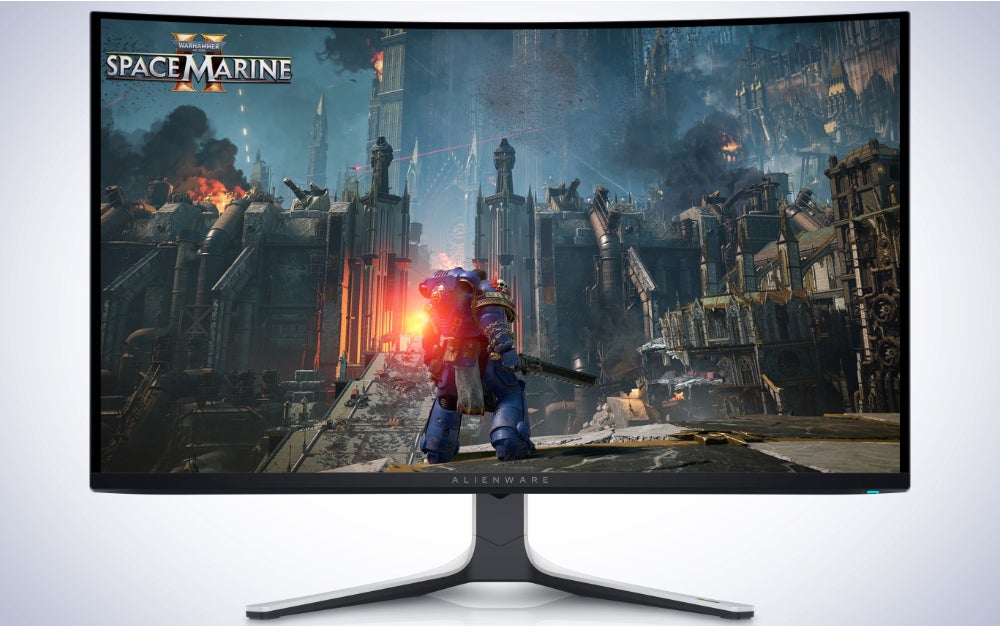
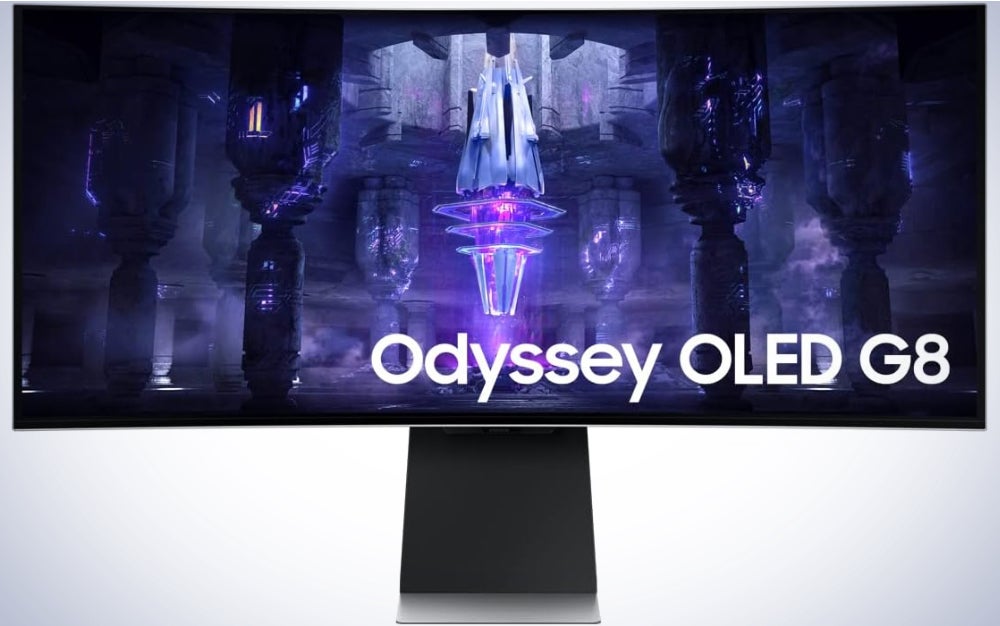
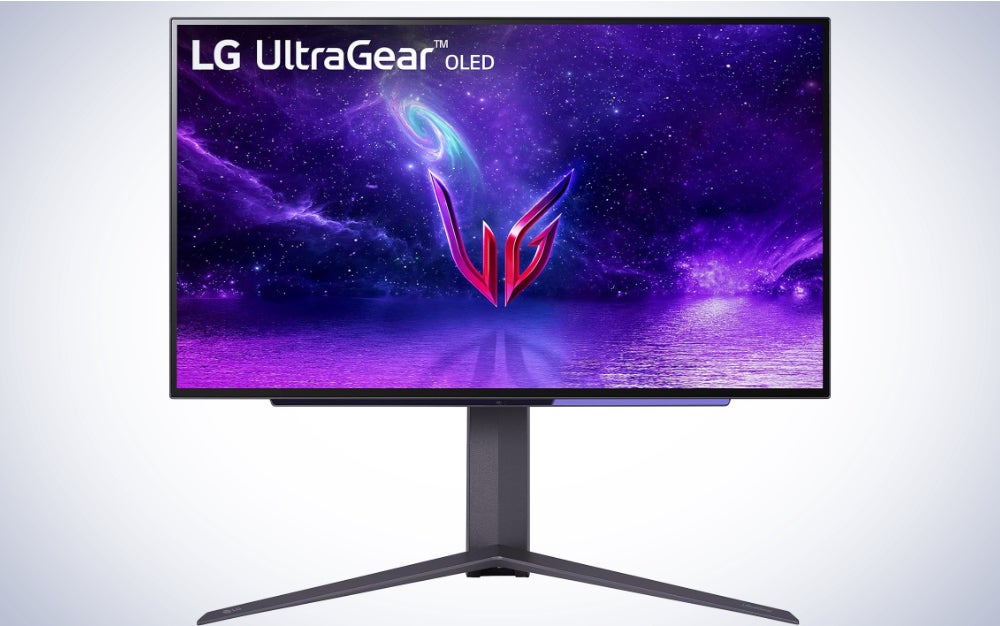

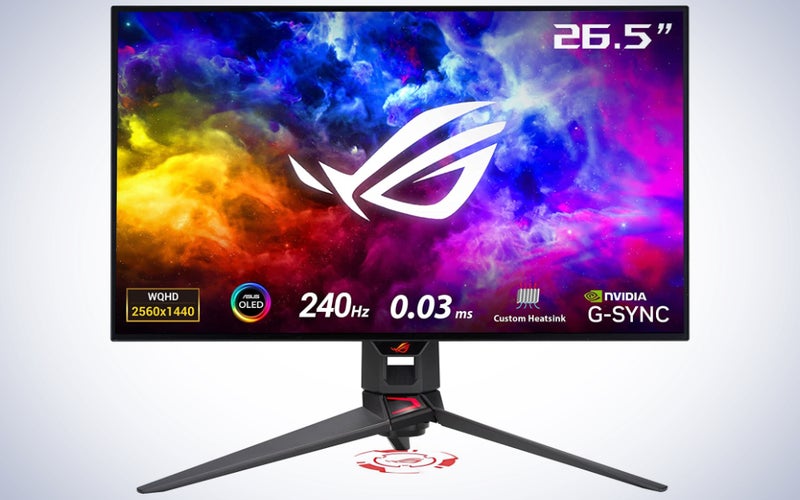
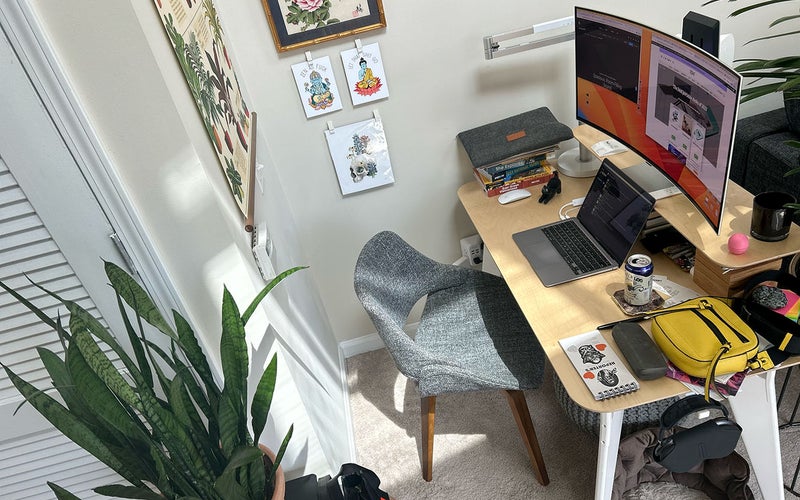

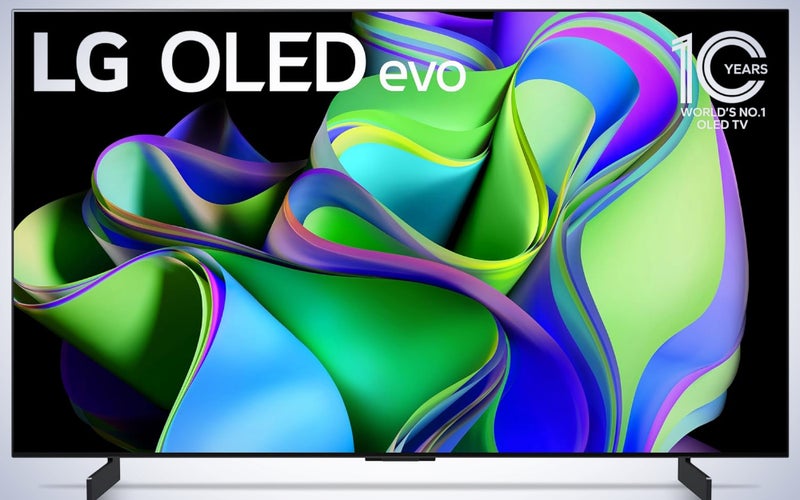
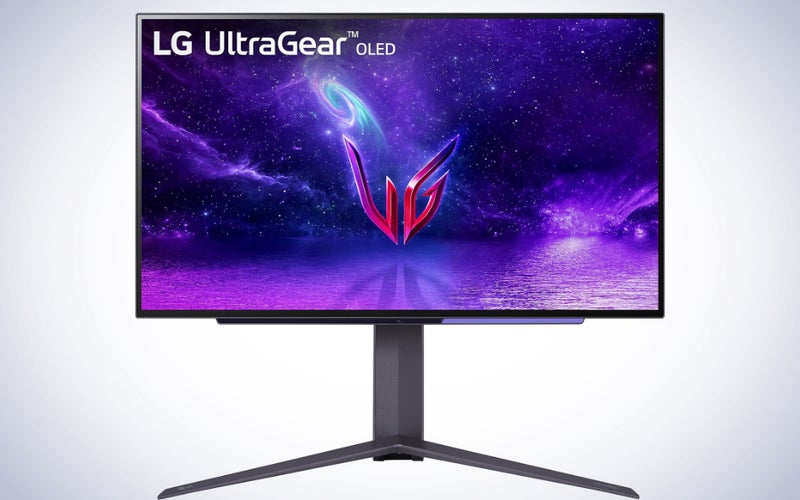



0 Comments